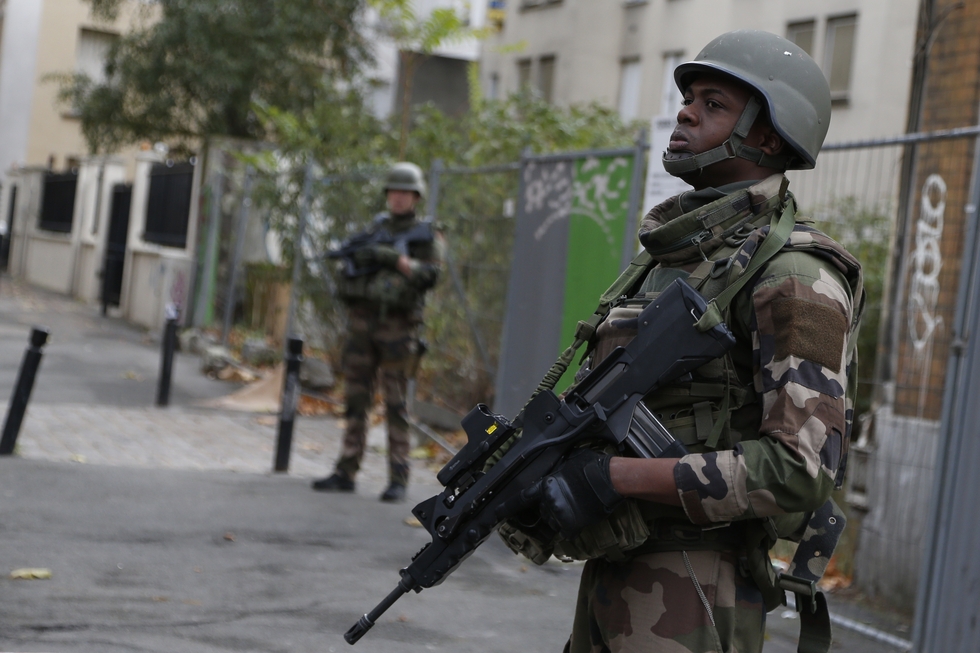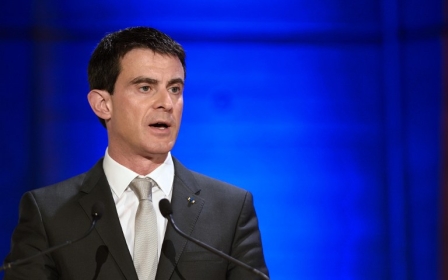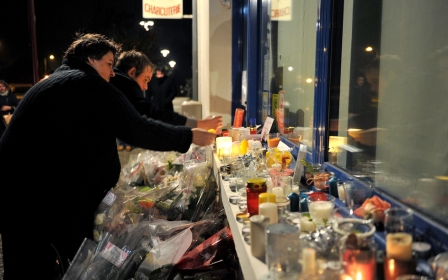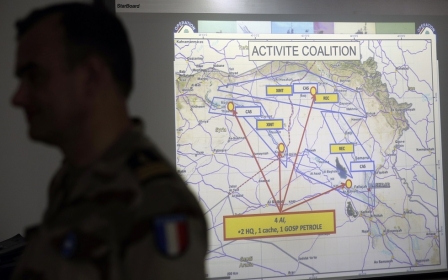State of emergency: What it means to France

The French parliament has approved the extension of the country's national state of emergency to three months in the wake of the Islamic State group's attacks on Paris. Middle East Eye looks at the measures, what it means, its origin, and its use in the past.
What is the state of emergency law?
France's state of emergency law (état d'urgence) was created in April 1955 as a reaction to the effects of the Algerian war of independence. It was very much designed as a war-time measure.
Who can invoke it?
The French president and cabinet is responsible for declaring a state of emergency. President Francois Hollande did so three hours after the attacks on Paris on 13 November.
Are there limits?
Under the 1955 law, the government must gain approval from parliament for any state of emergency lasting more than 12 days. Hollande and his government want measures in place for three months.
What does the law allow?
The 1955 law is broad in scope and can limit many areas of French life. Once enacted, the interior minister can order the house arrest of those "whose activities are dangerous for security and public order".
Police are given the right to search homes without judicial oversight ie a warrant.
Ministers can close public events, prevent theatres from opening and exercise control over the media of "all kinds".
The right of free assembly is curtailed, and the government is able to ban public gatherings.
Those holding weapons legally may be compelled to hand them over.
Police chiefs can impose curfews and prohibit the free movement of people and vehicles in certain places, at certain times, or establish protection and security zones.
Have any of these measures been used since the Paris attacks?
Since the attacks, police have carried out 168 house searches without warrant, leading to 23 arrests and the confiscation of 31 weapons.
It has refused public marches around climate change talks due to start in Paris on 29 November. Separately, the city of Paris has banned all public marches until 22 November.
The government has however not imposed any controls of the media.
Where does it apply?
The state of emergency applies to all of French territory, according to the latest version of the decree which was issued on Sunday.
Has it been used previously?
A state of emergency was imposed several times during the war with Algeria. Most infamously, in 1961, the police chief of Paris, Maurice Papon, placed a curfew on "Algerian Muslim workers". On 17 October 30,000 Algerian independence supporters broke the curfew with a march. This was suppressed by police on the orders of Papon, with an estimated death toll in the hundreds.
Since then, and before Friday's attacks in Paris, the law has been imposed only twice, and never nationally.
It was implemented in 1985 in New Caledonia, when riots erupted after police killed Elio Machoro, the military leader of the native Melanesian independence movement in the capital, Noumea.
It was used again in 2005 when rioting erupted in suburbs across France following the deaths of two teenagers who were being chased by police on 27 October in Clichy-sous-Bois. However measures were not widely applied, with just seven police chiefs imposing night-time curfews and 23 French departments banning the sale of portable petrol and flammable materials containers. The state of emergency lasted until February 2006 - thousands of cars burned and dozens of people were arrested.
Is this the highest state of alert in France?
No. The only thing more drastic would be to declare a state of "siege" (état de siège), which can be decreed by the president for a period of 12 days in case of an "imminent peril resulting from a foreign war or an armed insurrection". A state of siege would give military the powers of police, and further restrict fundamental liberties.
Middle East Eye propose une couverture et une analyse indépendantes et incomparables du Moyen-Orient, de l’Afrique du Nord et d’autres régions du monde. Pour en savoir plus sur la reprise de ce contenu et les frais qui s’appliquent, veuillez remplir ce formulaire [en anglais]. Pour en savoir plus sur MEE, cliquez ici [en anglais].




